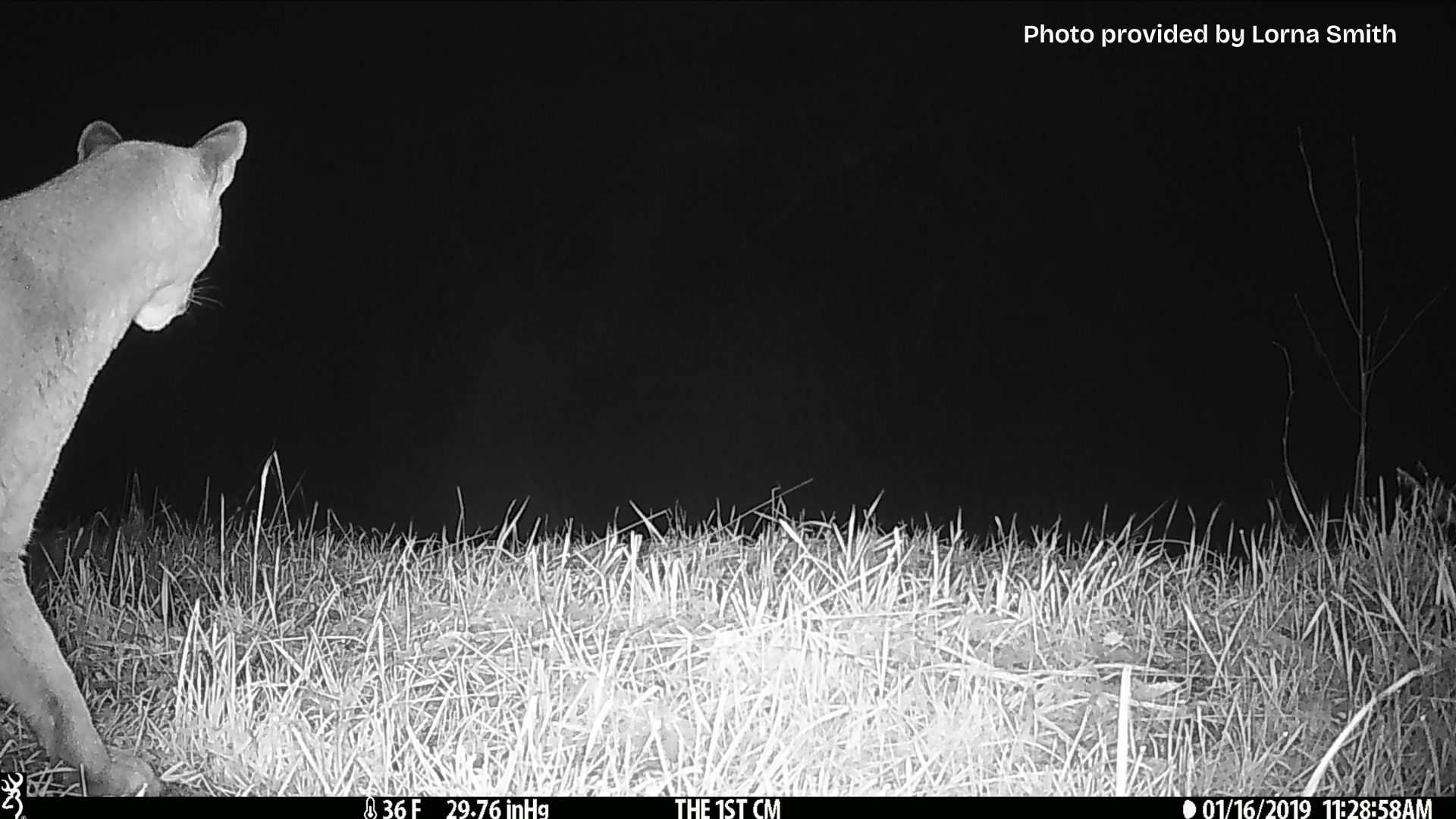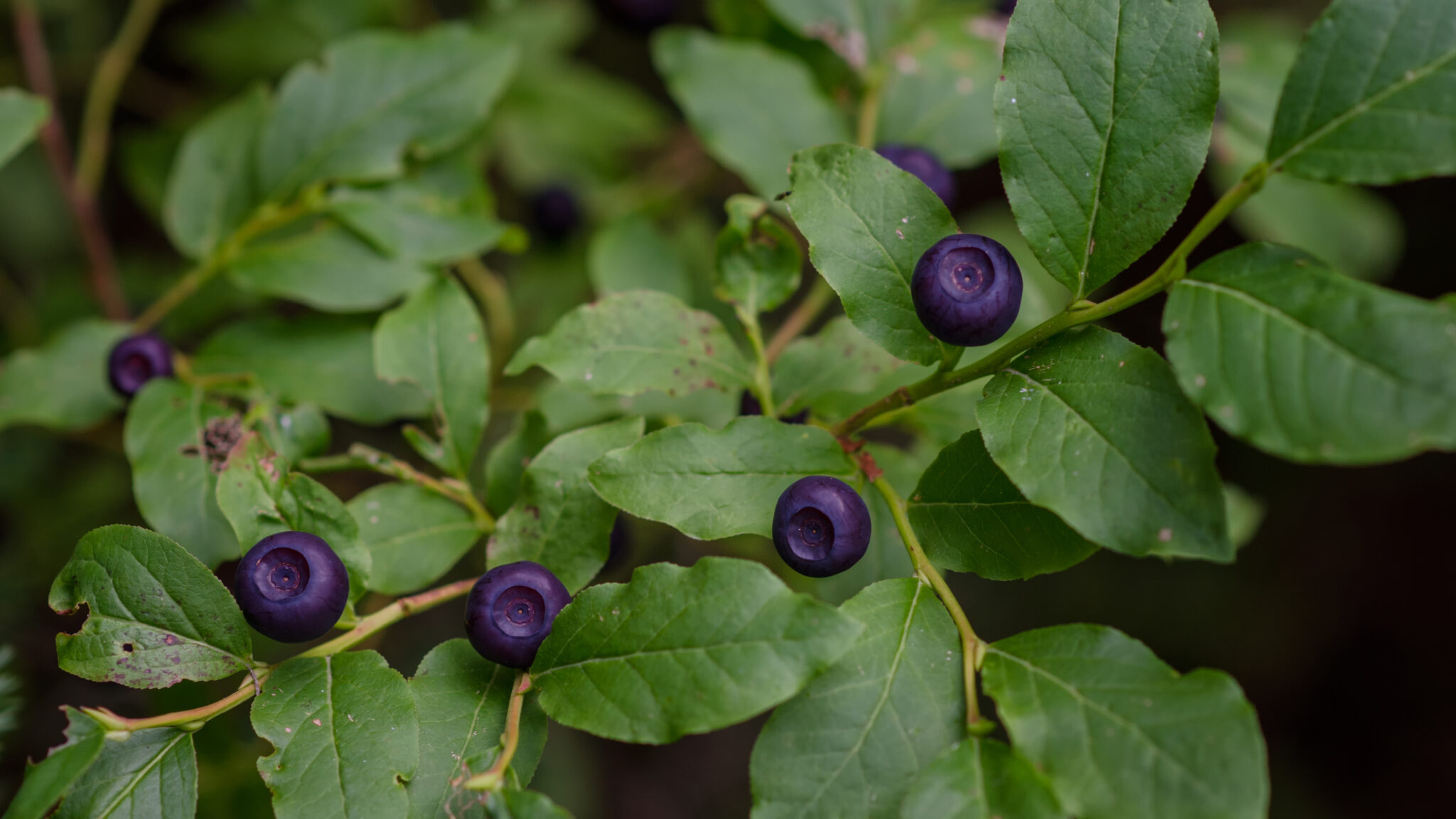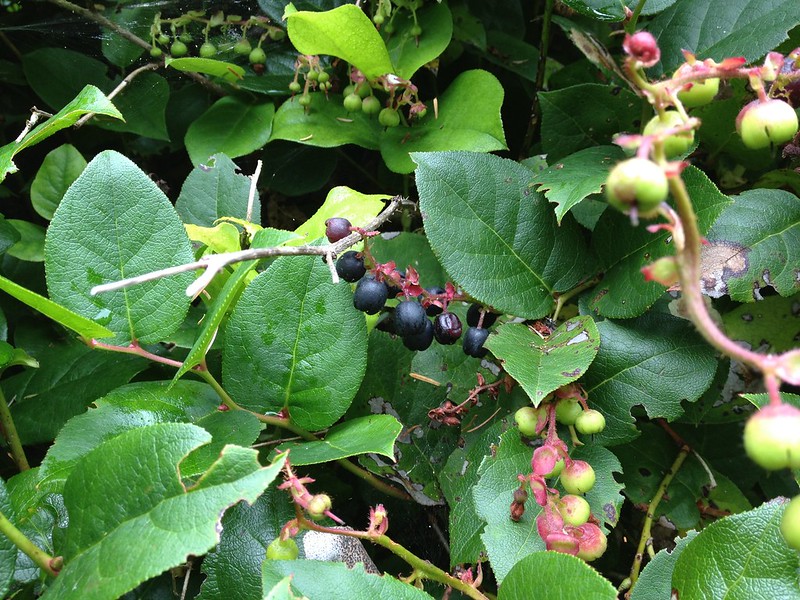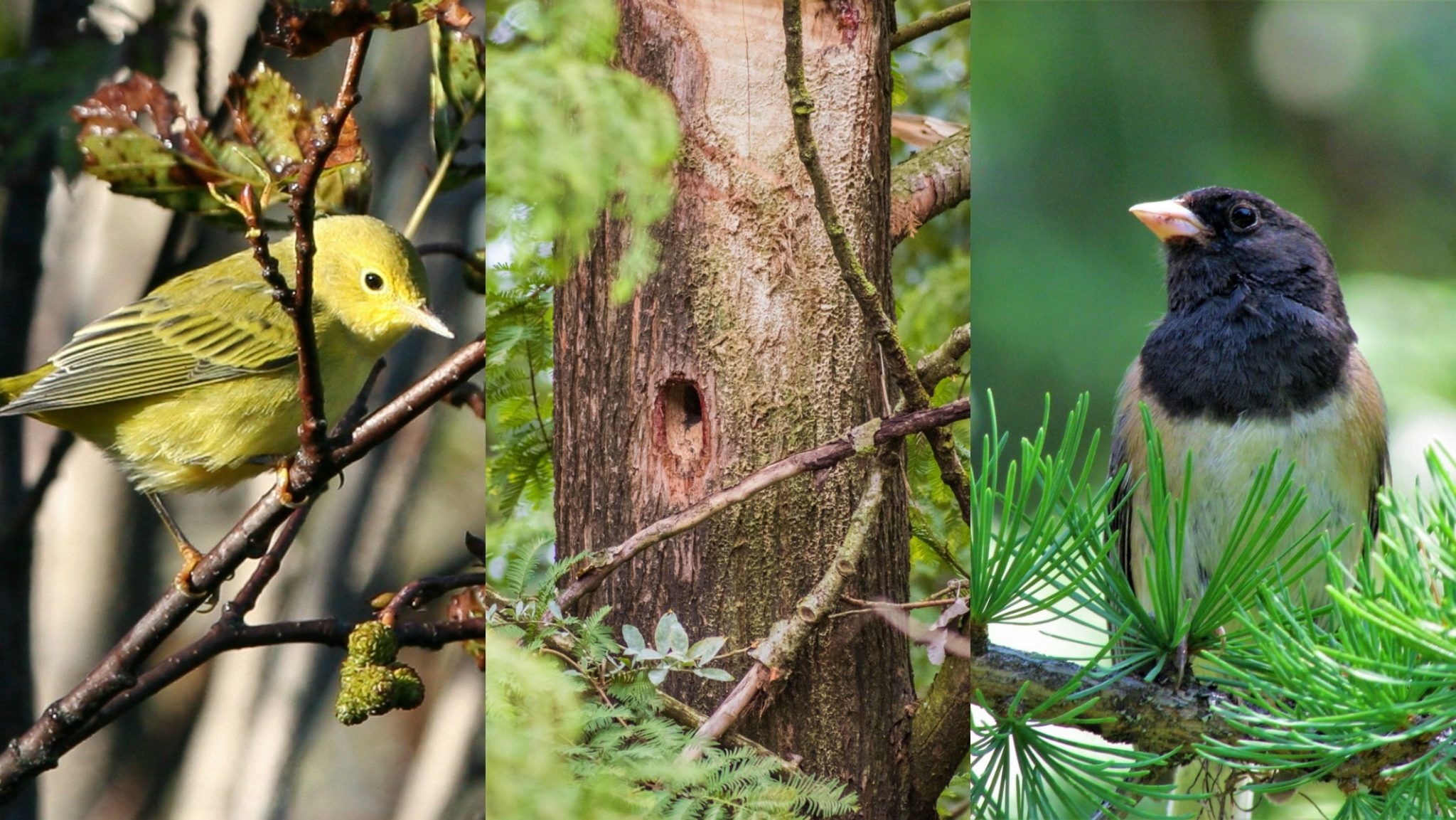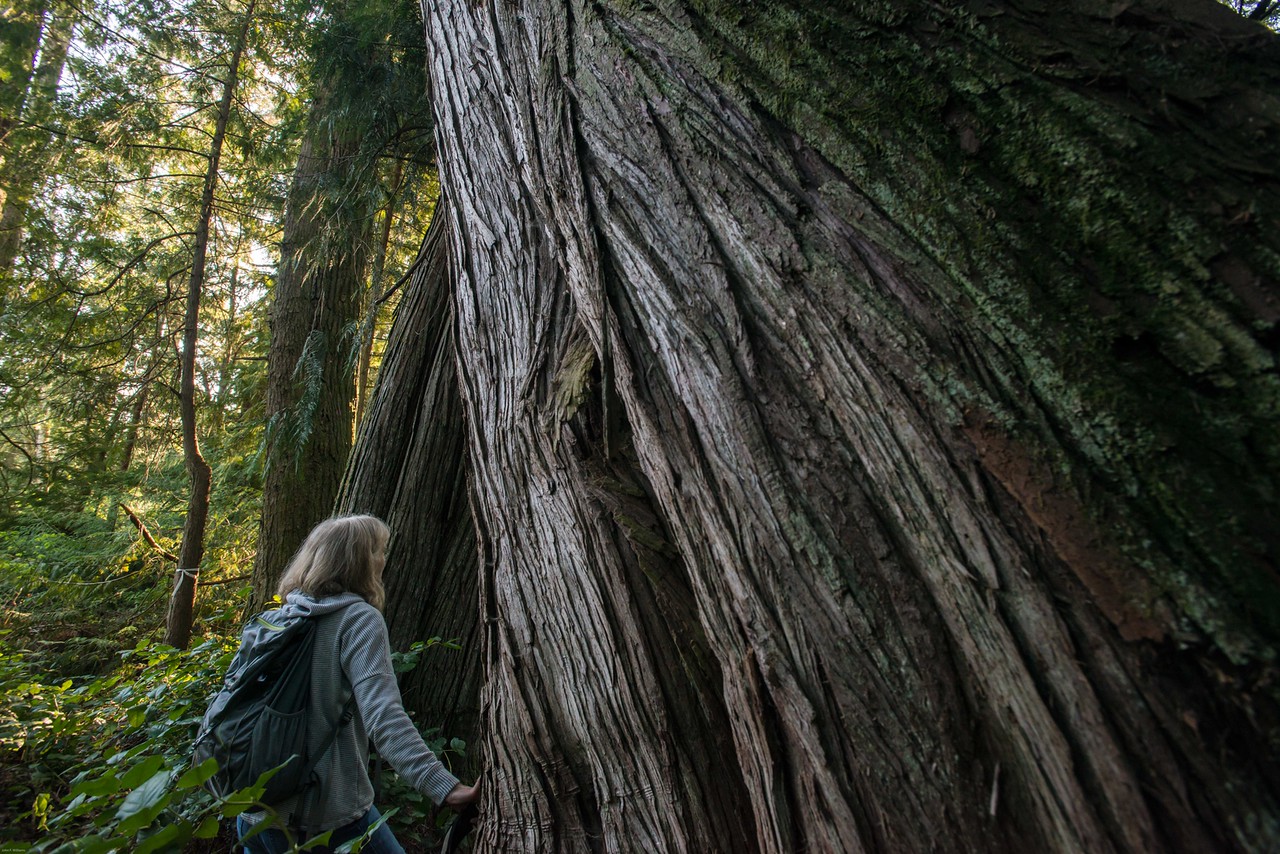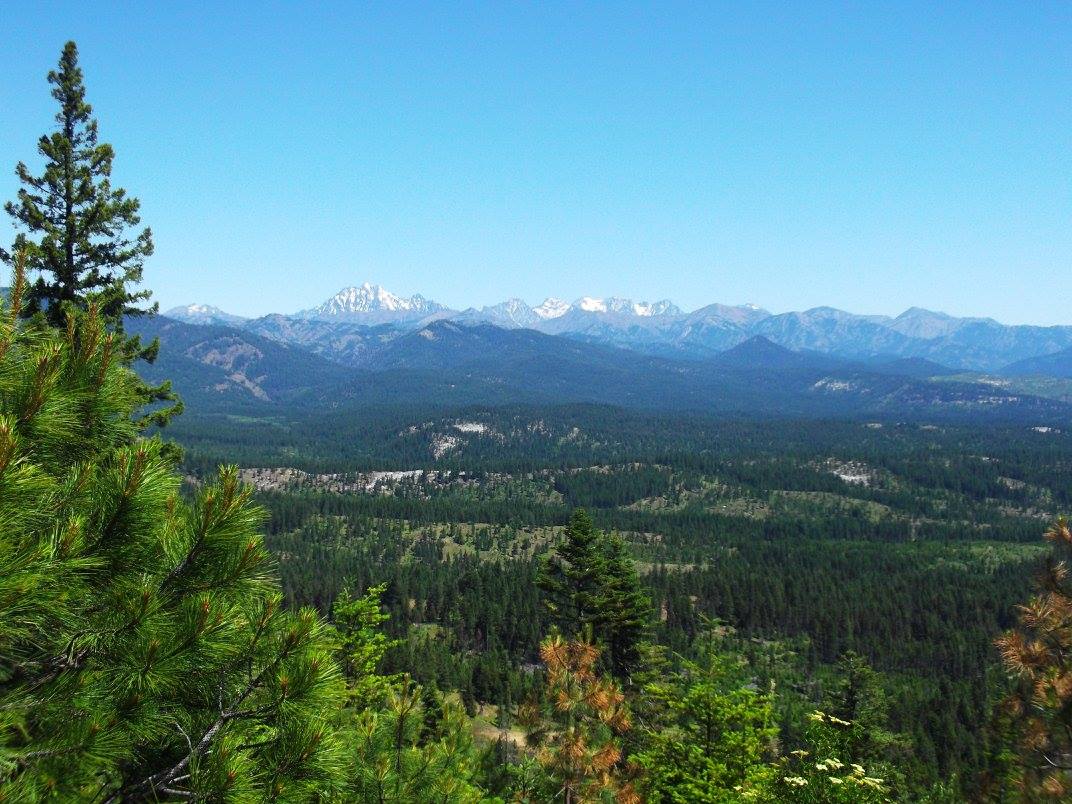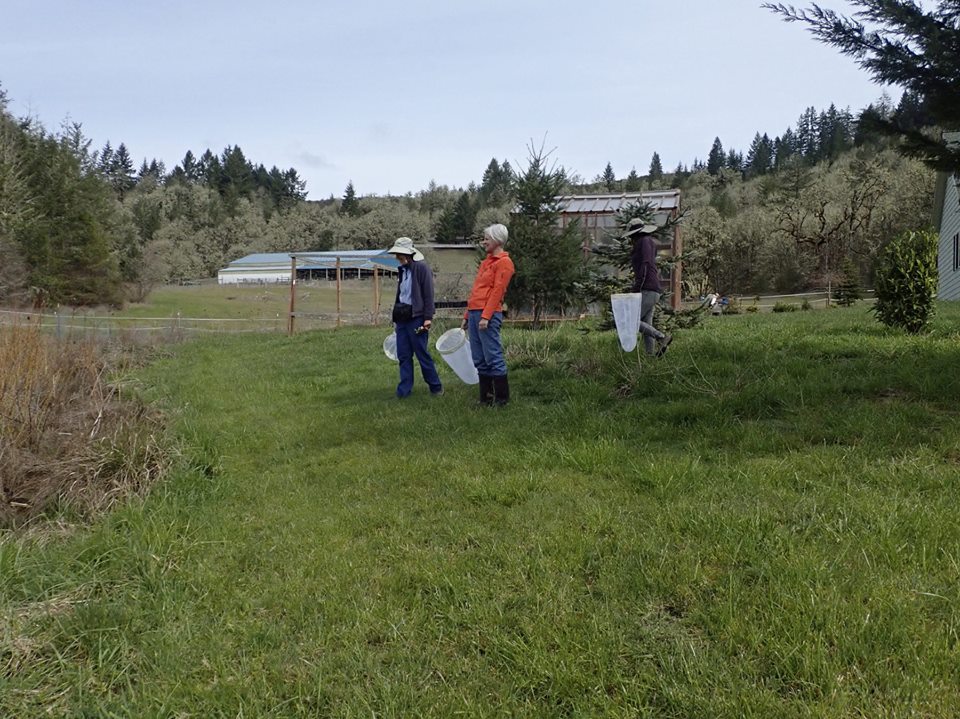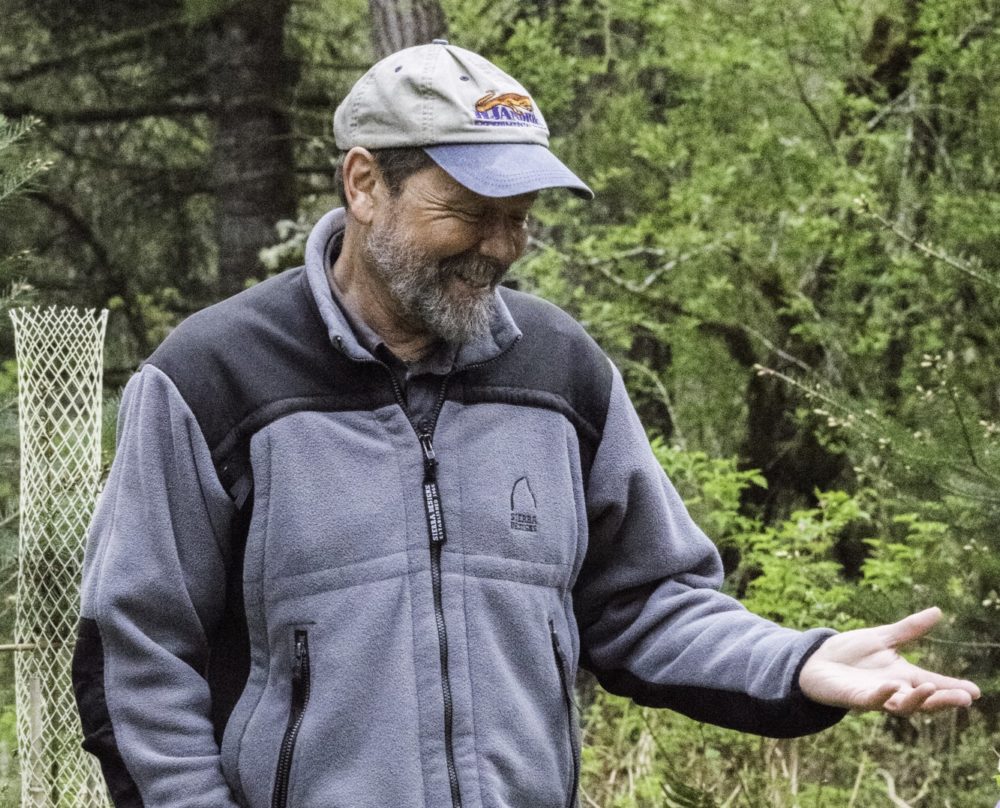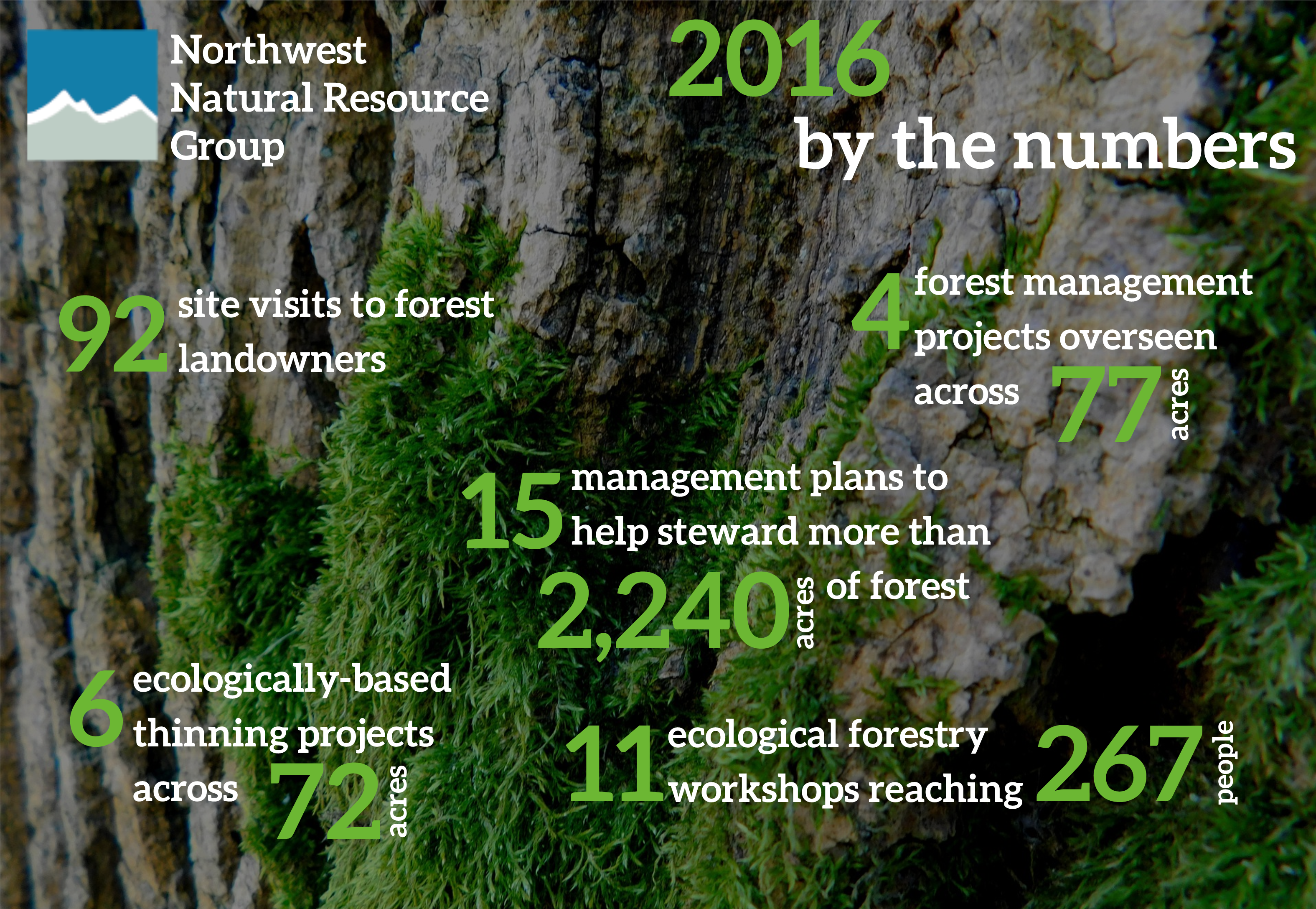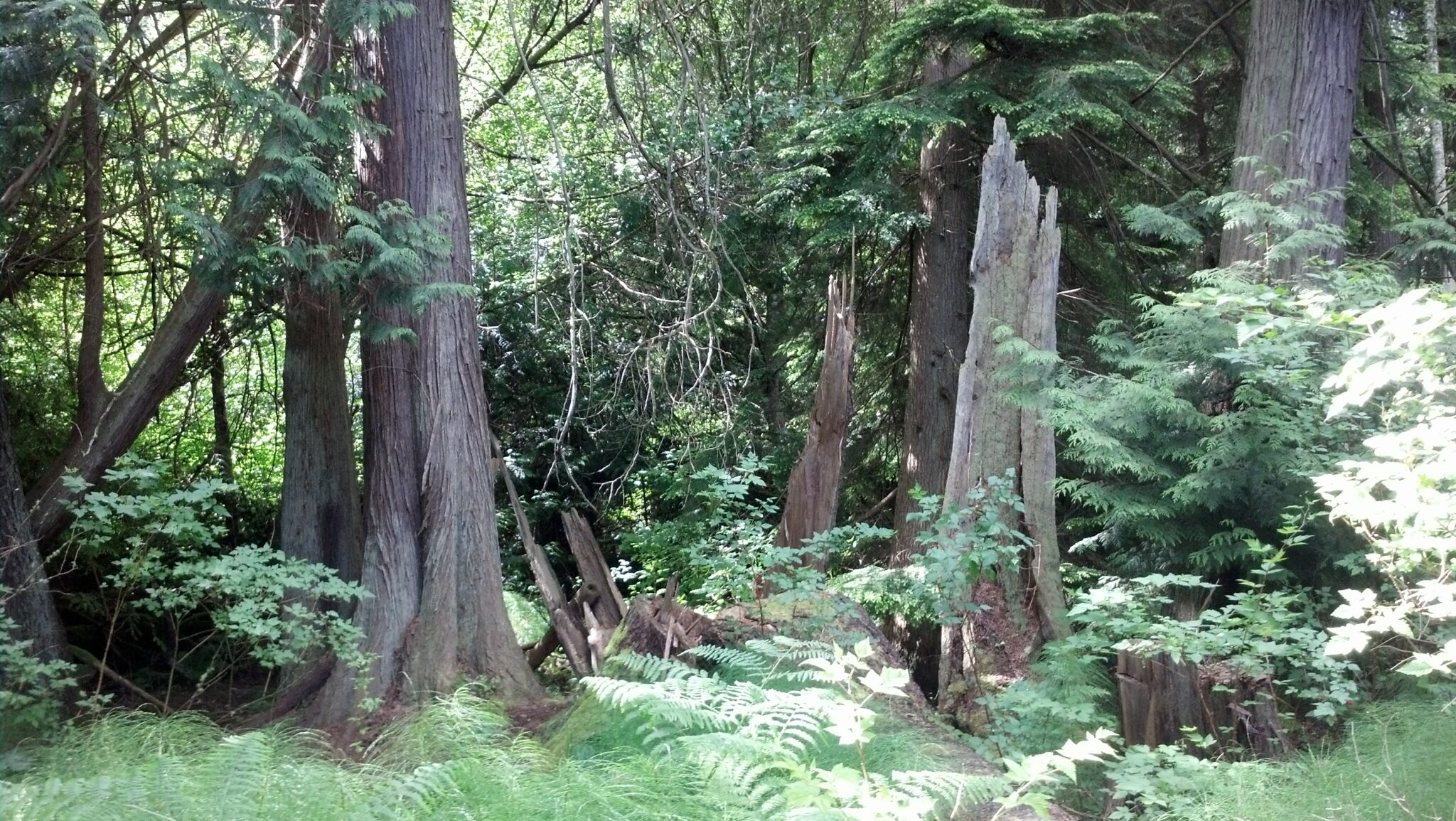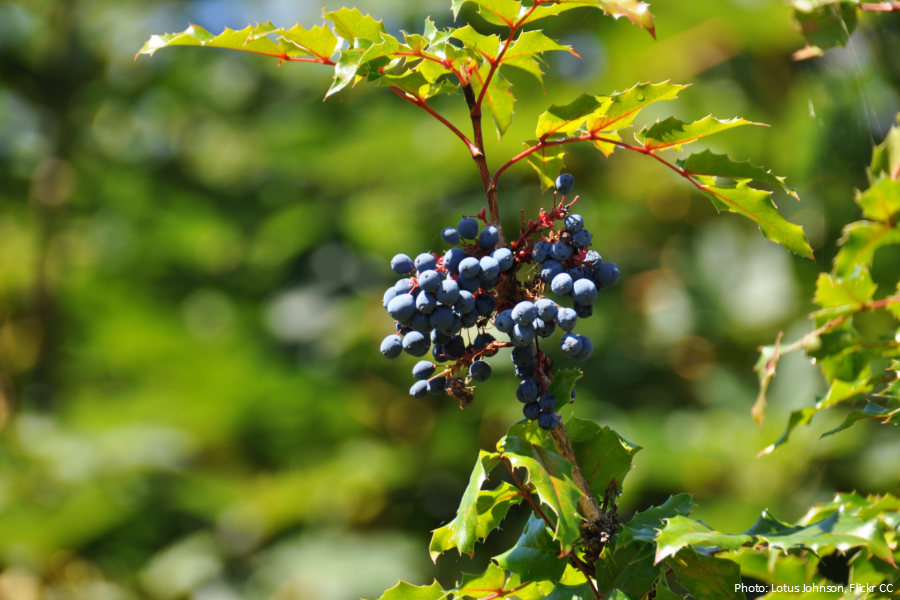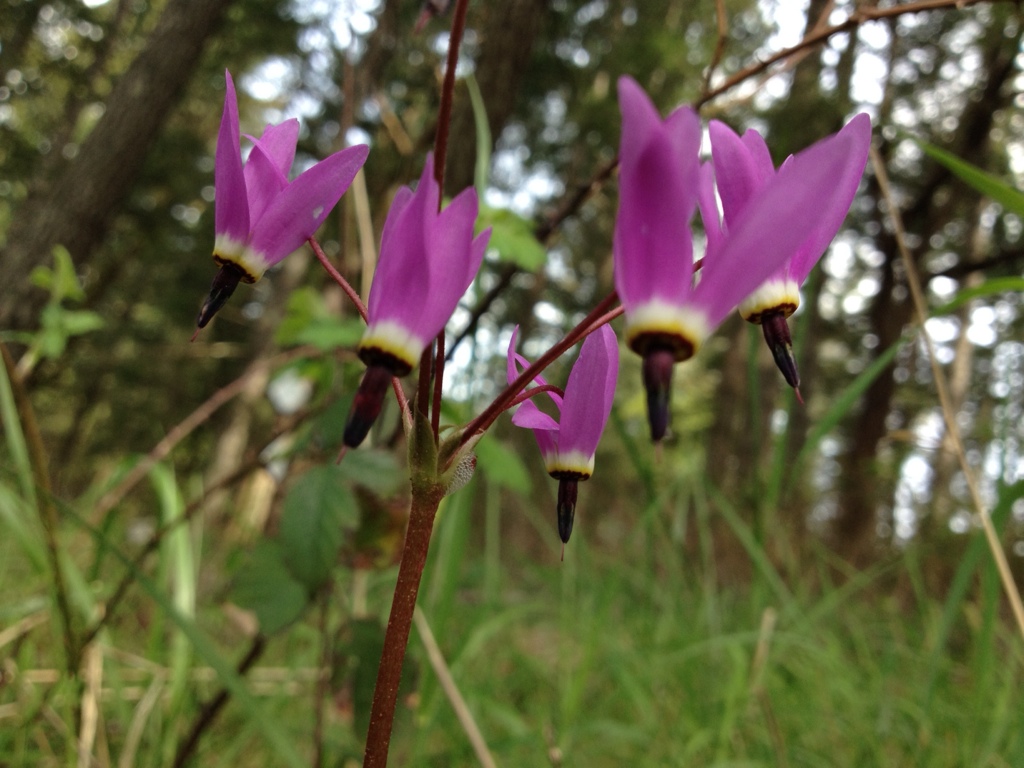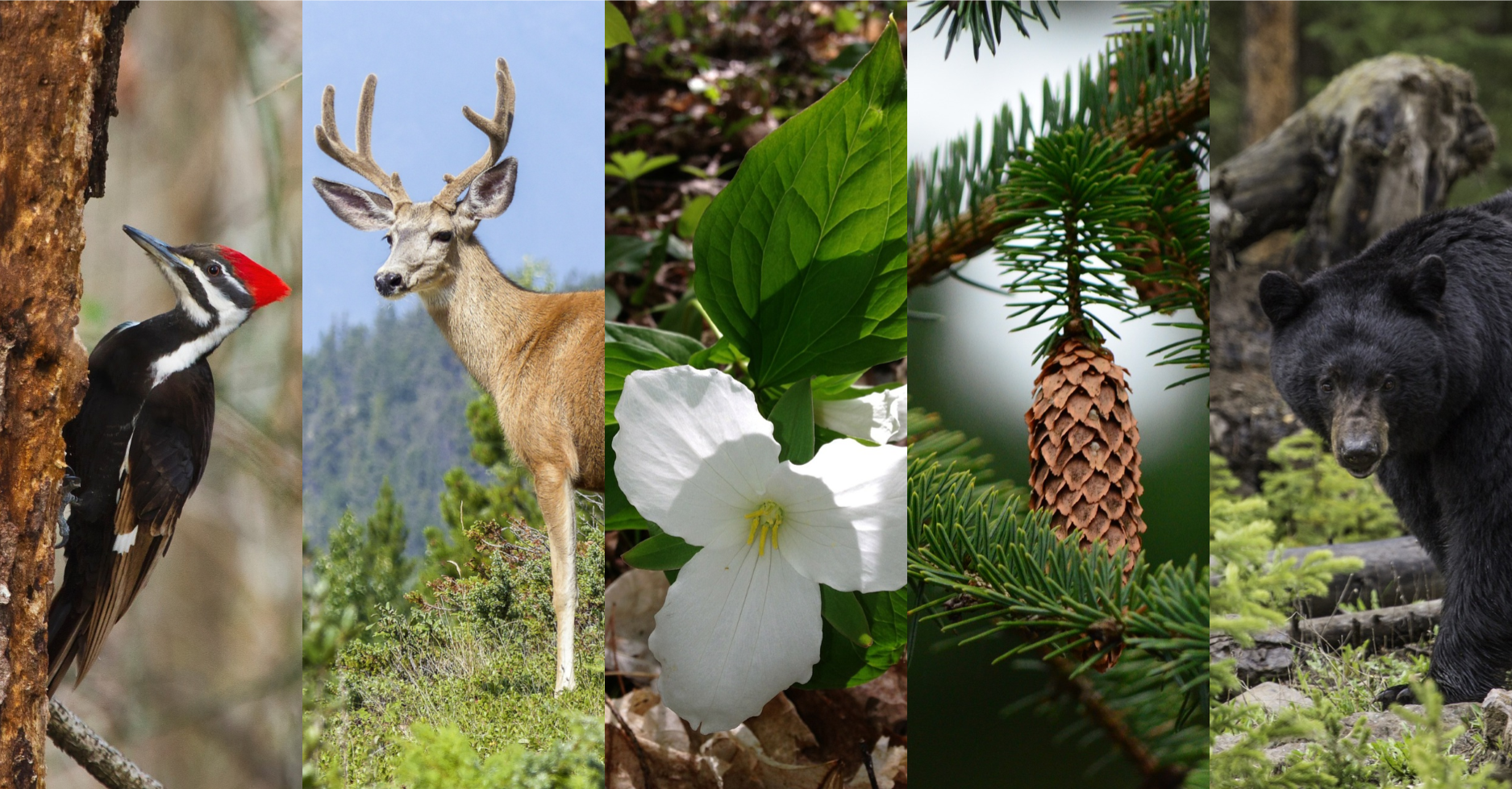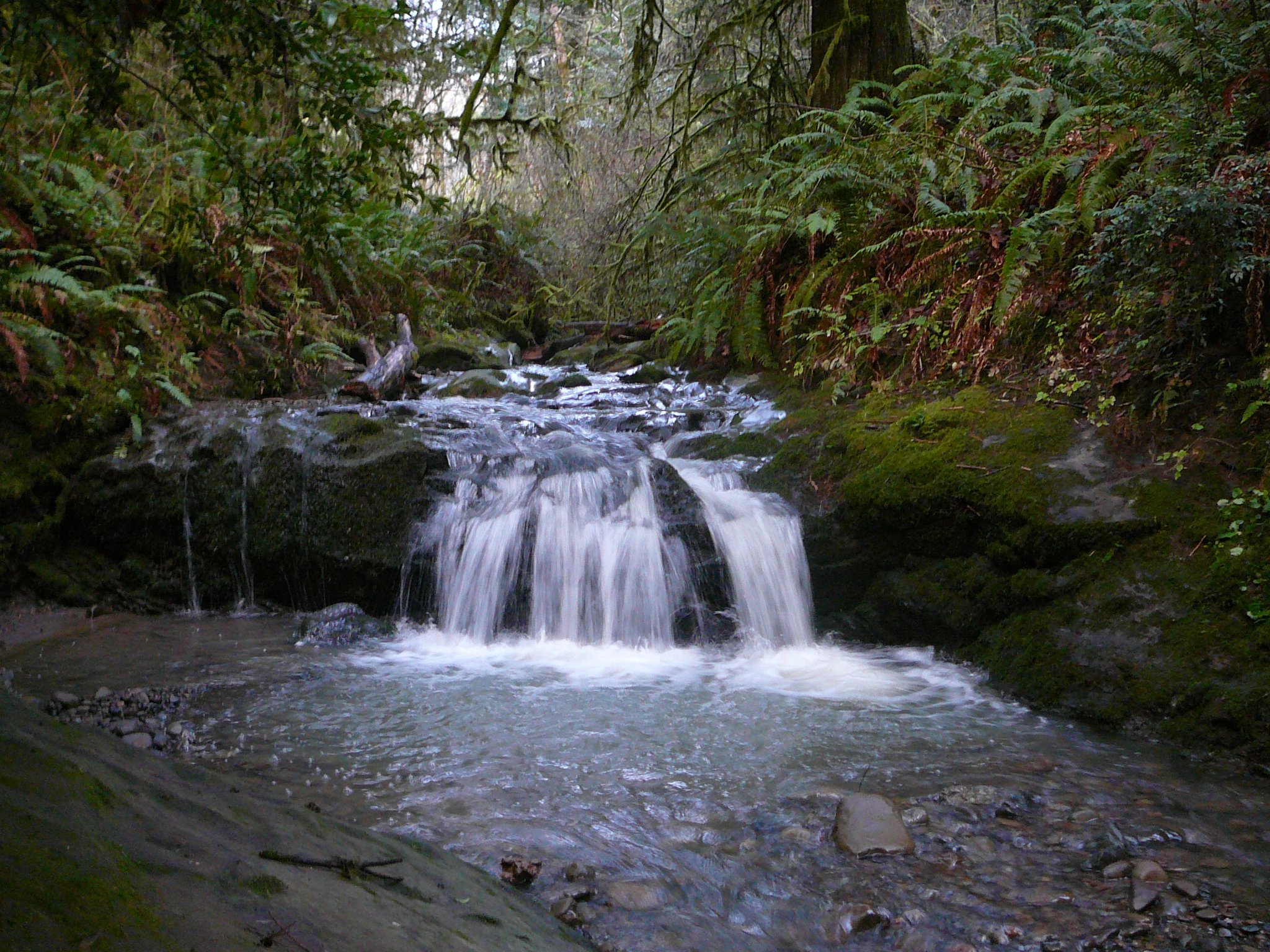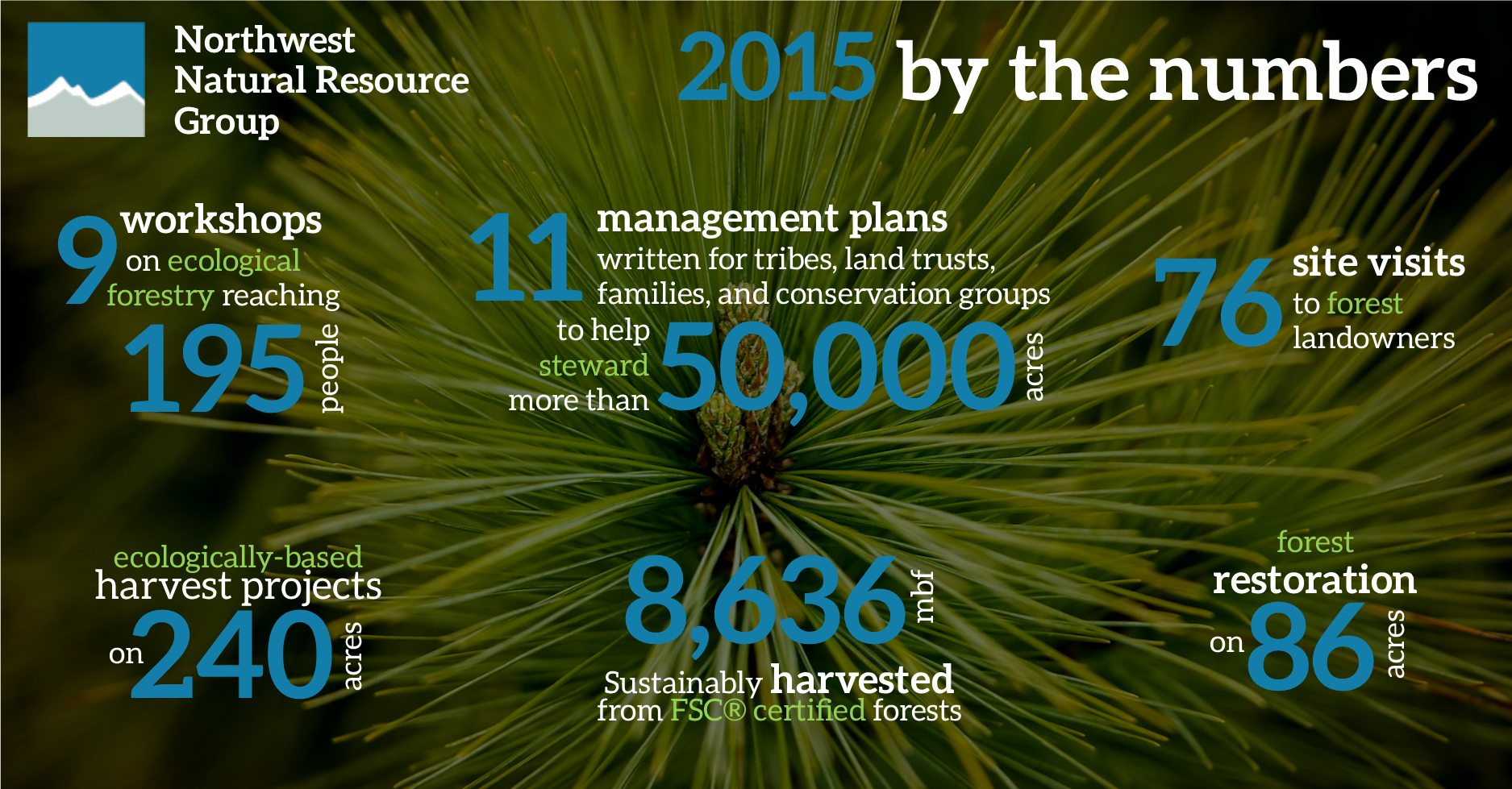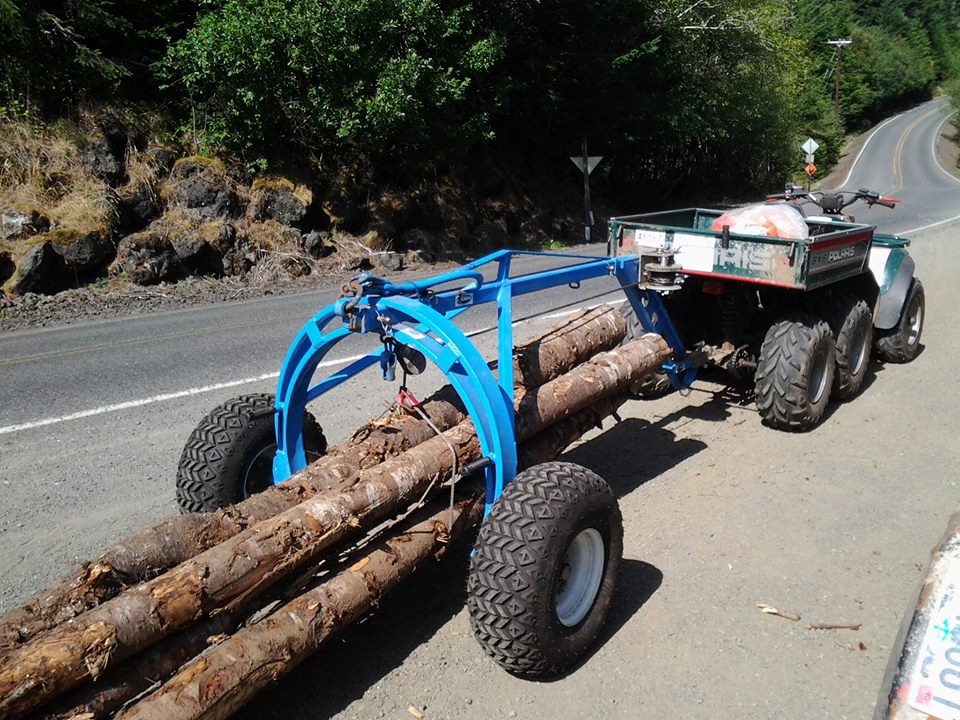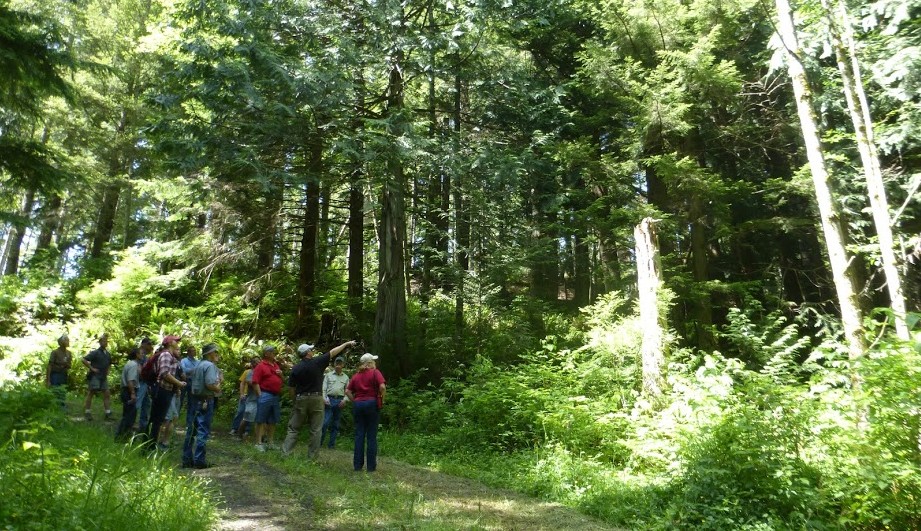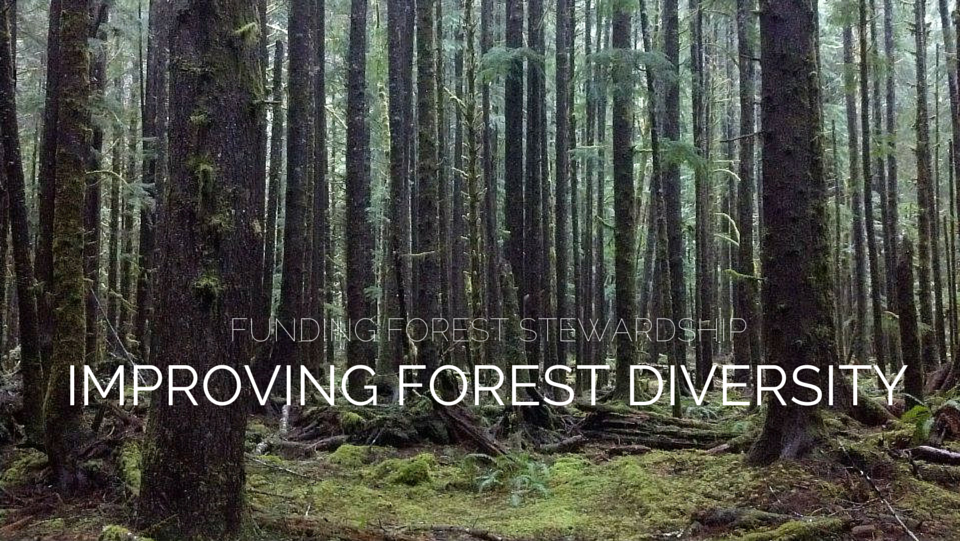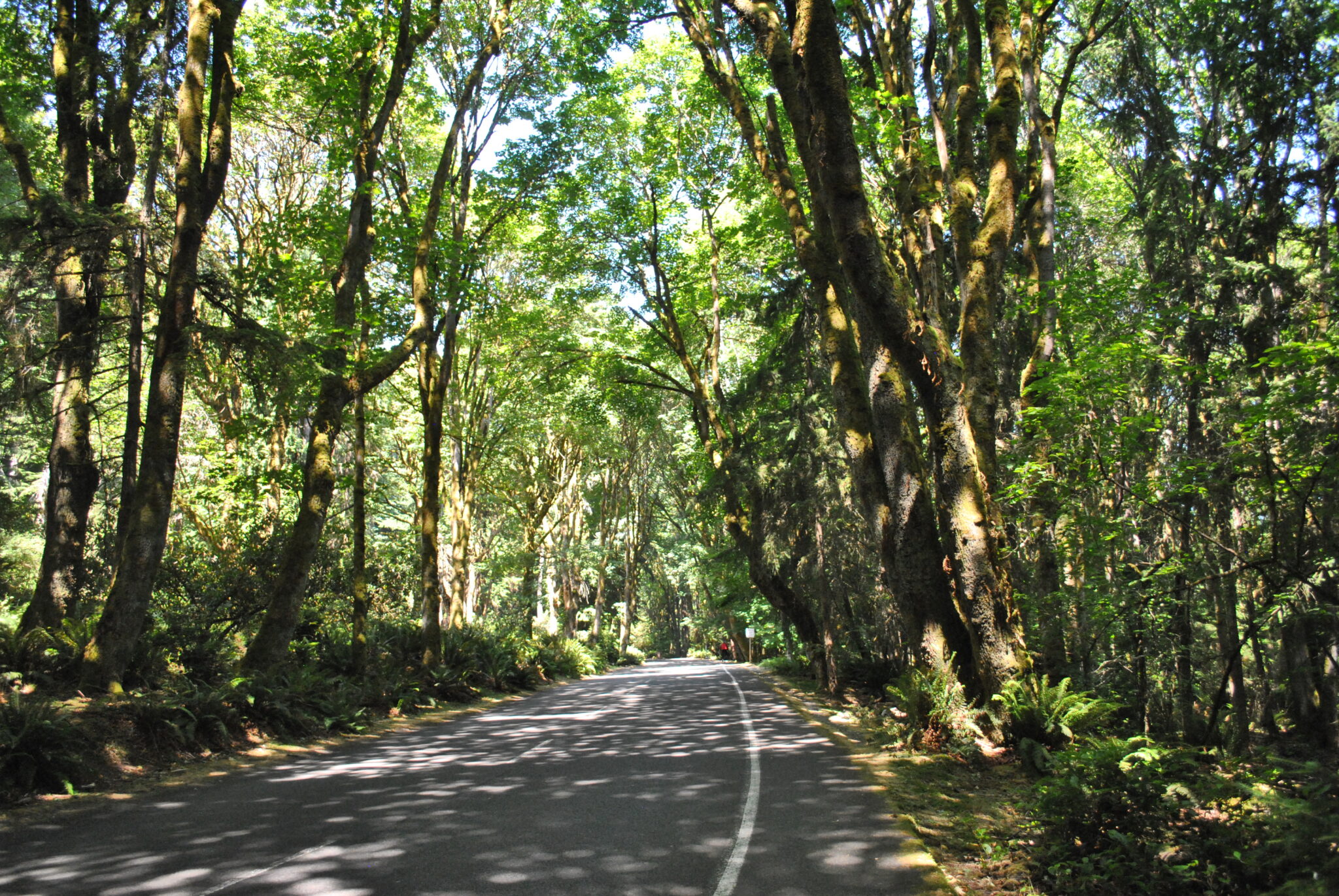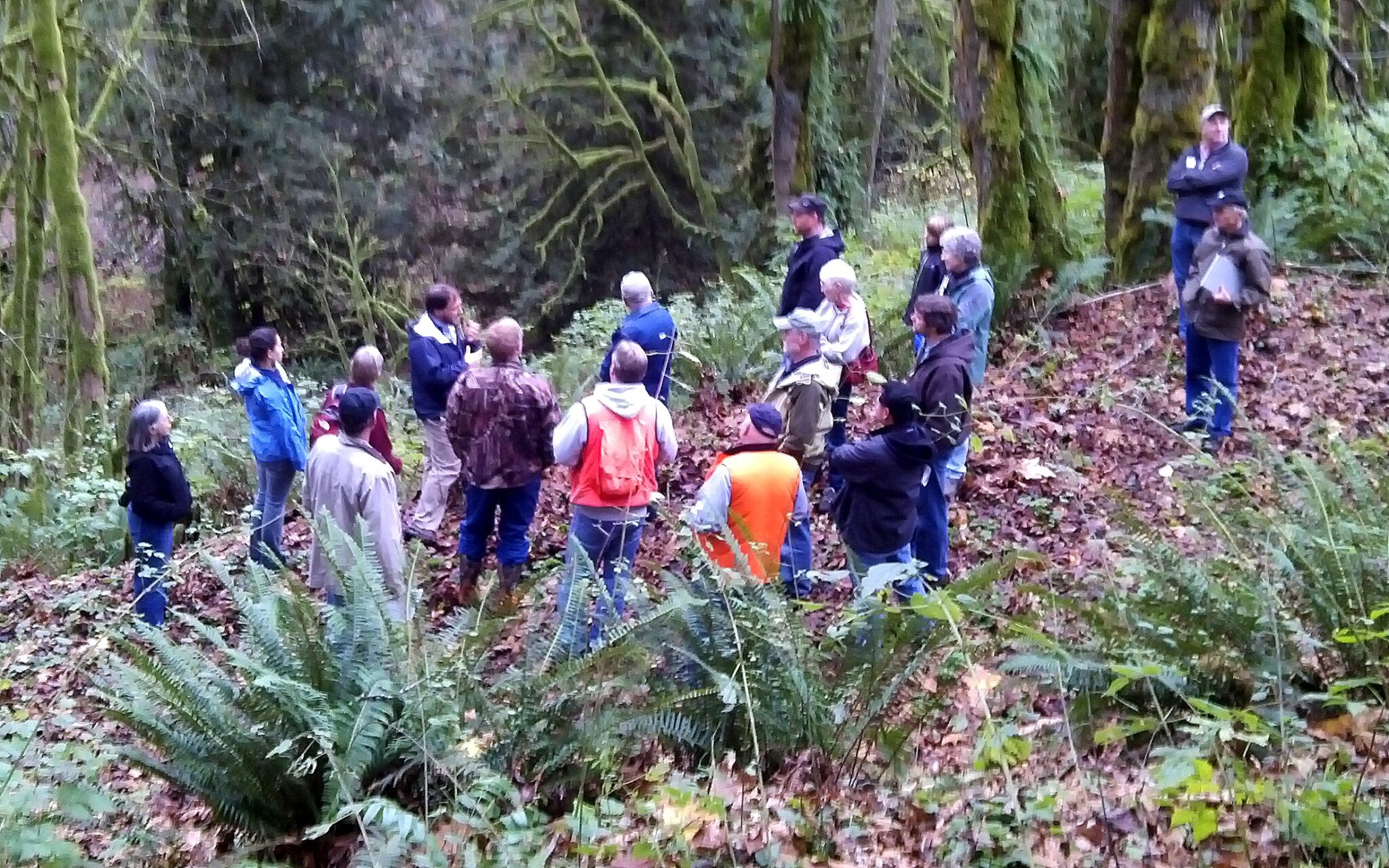Have you ever walked through your woods and wondered what the wildlife gets up to when you’re not around? Maybe you’ve spotted unfamiliar tracks or heard rustling in the brush, leaving you curious about the critters that share your forest. For Lorna Smith and Carl Nelson, that curiosity led them to set up trail cameras […]
Wildlife habitat
Winter & Spring 2025 Washington and Oregon Native Plant Sales
The Winter Wet Season In The Pacific Northwest Is An Ideal Time To Plant Young Trees And Native Shrubs! Planting native trees and shrubs enhances forest biodiversity by providing habitat for wildlife and forage for pollinators. It’s also a great way connect to the land and increase your aesthetic and recreational appreciation for the forest. […]
Summer Forest Stewardship Tips
Summer is the perfect time for major forest management activities like thinning trees, controlling weeds and invasives, and maintaining roads.
Forest restoration with birds in mind
When carrying out stewardship activities to help grow ecologically-complex and productive forests, there are things you can do to ensure your efforts are welcoming to our feathered friends.
Great Peninsula Conservancy
Great Peninsula Conservancy (GPC) just completed the Forest Stewardship Council® (FSC®) certification process for Grovers Creek Preserve! Acquired by the Conservancy in 2015, the 197-acre preserve near Poulsbo boasts 60 acres of rare older growth forest including stands of western hemlock, Sitka spruce, western redcedar, and Douglas-fir. There are even 11.5 acres of late successional […]
Central Cascades Forest
The 46,000 acres of forestland spanning Snoqualmie Pass to Cle Elum known as the Central Cascades Forest (CCF) is now Forest Stewardship Council®-certified, through NNRG’s group certificate. It’s the Northwest’s largest jump in certified forestland since the City of Seattle’s Cedar River watershed earned FSC certification in 2011. The CCF is managed by The Nature Conservancy […]
Oregon Native Bee Atlas
Bees need our help. Just five years ago Oregon saw a major bee die off, and pollinator populations continue to decline around the world. “We have more species of bees in the Pacific Northwest than all the states in east of the Mississippi,” says Andony Melathopoulos, a pollinator ecotoxicologist with OSU. “We really want to protect […]
Member Spotlight: Butler Family Forest
Paul Butler has had a life-long love of forests. Now that he and his wife steward their own forest they’ve taken steps to care for and enjoy their land. Paul tells us how his relationship with his woods has deepened over time and what actions he’s taking to make the forest healthy.
By the Numbers: 2016 Accomplishments
2016 was an incredible year for Northwest Certified Forestry members and the forests they steward. Because of the dedicated community of ecologically-minded woodland owners, Pacific Northwest forests are healthier, more resilient homes for wildlife and people alike. Here are some highlights of our year: Accomplishments: We hosted 11 workshops on ecologically-based forest management, precision tree-felling, forest […]
Member Spotlight: Orkila showcases ecological forestry
Along the rocky shores of Orcas Island, YMCA Camp Orkila is a special place where the forest meets the sea. Campers describe the iconic Northwest destination as magical, Neverland, and Oz. The YMCA offers camp programs by summer and outdoor environmental education programs in the spring and fall, serving more than 17,000 campers and students each year. The iconic camp […]
Summer: Forestry through the Seasons
Summer is the perfect time for major forest management activities like thinning trees, controlling weeds, and maintaining roads. Performing these stewardship activities in the dry season when sap flow is low will reduce damage to residual trees while minimizing soil compaction and other effects on forest ecosystems. Steward your Forest Clear winter debris from roads and […]
Member Spotlight: Oak restoration & attuning to “hidden” wonders
When Jeanie Taylor and her husband, Tom Lenon, saw their forest for the first time they knew it was home. While the 20 acres in the Gopher Valley hills of Yamhill County was riddled with scotch broom and blackberry, it also supported Oregon white oaks and suggested the potential to provide habitat for endangered Fender’s blue butterfly, threatened […]
Workshop: Ecological Forestry 101: Intro to Silviculture and Wildlife – June 4 & 11
Woodland owners in the Pacific Northwest are interested in maintaining forests that provide a broad range of ecological functions and economic goals. Enjoying wildlife and providing wildlife habitat are often motivators for stewarding woodlands. It’s important to understand how the habitat in your forest meets the needs of particular wildlife species and what you can do […]
Member Spotlight: Giving back to forest, creek, and community
Camp Myrtlewood brings together a community dedicated to stewardship, environmental education, and fellowship. Just a few miles upstream from the confluence of the Middle Fork Coquille River and Myrtle Creek, Camp Myrtlewood includes 124 acres of temperate rainforest that is Forest Stewardship Council® certified through NNRG’s FSC® group certificate. Tucked away in the Coast Range […]
By the Numbers: 2015 Accomplishments
2015 was a productive year! Northwest Certified Forestry members showed their dedication to stewarding Pacific Northwest forests with ecologically-minded practices that contribute to the regional economy. We are so inspired by the forest stewards in our community who worked to enhance habitat for threatened and endangered species, remove invasive species, plant native seedlings and shrubs, pursue […]
Member Spotlight: Large woody debris & wetland restoration
In our Member Spotlight series, we highlight Northwest Certified Forestry (NCF) members who are improving ecosystem functions and who have cultivated forest products for unique and entrepreneurial purposes on their land and within their communities. In this edition, we introduce you to Digger Mountain Forestry-a Forest Stewardship Council® certified member of our group certificate, and Yankee Creek Forestry-an NCF Preferred Provider. Recently, […]
Growing biologically rich forests for wildlife and income
On a beautiful summer day in early June, woodland owners gathered inside the library at Sedro-Woolley High School for the Managing for Timber and Wildlife workshop. The more than 20 participants were there to learn from Rolf Gersonde and Ken Bevis, two experts in the fields of silviculture and wildlife biology. Rolf Gersonde, a renowned silviculturist and researcher […]
Funding Forest Stewardship – Enhance Forest Health
For updated cost-share funding offered through NNRG in 2024 click here. For the third installment in the Funding Your Forest series, we’re focusing on ways to improve the diversity and productivity of your forest. Stewarding a forest that is diverse in species, age and size classes, with appropriate stocking densities is beneficial to the entire […]
Point Defiance Park – a living museum
Point Defiance Park is as rare as it is gorgeous. No where else can one find 500 acres of old-growth forest along the shore of Puget Sound and all within the city of Tacoma. The forest is interwoven with walking and running trails, bike paths, and picnic areas that provide a serene reprieve from the urban […]
Partnership in the Skagit Watershed
The iconic Skagit Watershed is important to all of us for its production of timber, food, and fisheries. It is also significant in that it is the only river system in the Puget Sound region to support all five species of Pacific salmon. The Washington State Department of Natural Resources (DNR) and Northwest Natural Resource […]

